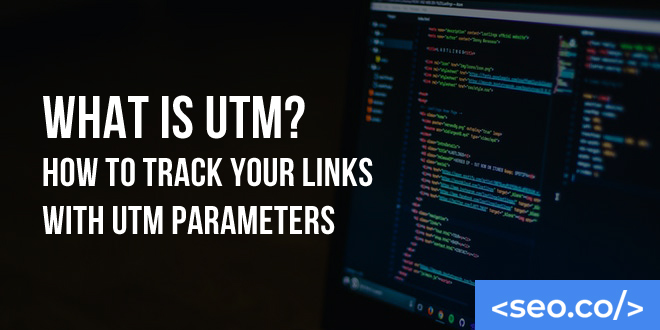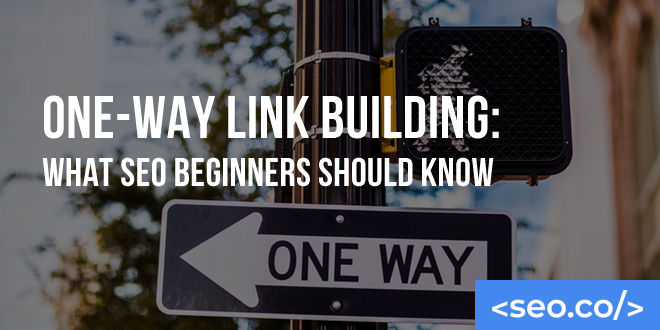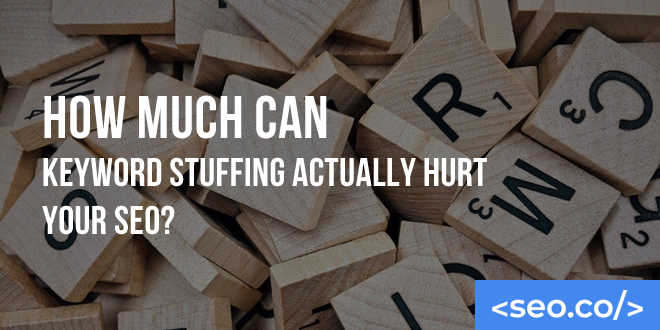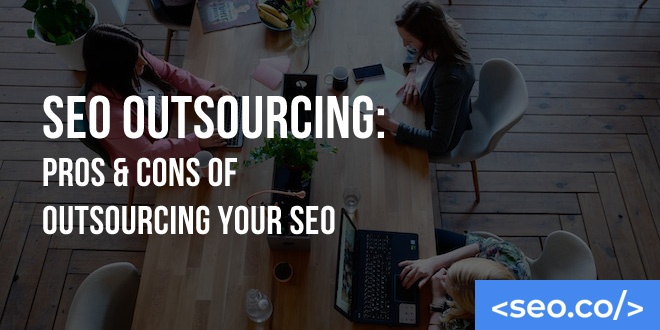
Content Marketing vs. Link Building: Which is Superior?
In the world of digital marketing, they say that content is king. With carefully crafted content marketing, you can easily influence your target audience and convert them into paying customers more effectively. And with quality content you can keep your audience in the know. On the other hand, link building is a crucial component of online marketing that no campaign should do without. By building links, you will help the search engine’s determine the importance and value of your brand or website. So . . . which should you place more value on? Content marketing and link building Efforts are two of the most important pieces of a successful Internet marketing campaign. However, evidence suggests that content marketing has the edge over services that just build links. That’s not to say you should abandon one in favor of the other, but the following are compelling reasons to regard content marketing as having more to offer than link building. Content Marketing is More Measurable Than Link Building Just what is the value that links give to a site? Experts agree it’s a bit difficult to quantify, although links certainly contribute toward improvements in a site’s ranking and traffic. On the other hand, with content you can measure your success by determining how many site visits and links are generated by each piece of content. Content also allows us to see how many social votes it gets and how many visits it garners from search engines and social media. We can also determine which keywords have been used by browsers to locate a piece of content. Can you determine how much revenue a new piece of content has generated for your business? Certainly. You can quantify how much revenue has been generated by each unit of quality content per day, per week, per month, or per year. Content Marketing is More Natural Than Link Building By generating high-value content, you will naturally gain and craete links. Great content is a natural link bait; it inspires people to share, blog about, and link to it, if they find it interesting. As for linking, in most cases you will find that when you analyze submission-based link-building activities, people link to your content not because they like you, but because you requested a link back to your own site or you paid for those links. Link Building is More Expensive & Time Consuming Than Content Marketing While there are some affordable SEO, a lot are offering their services at expensive rates. Finding great copywriters isn’t very hard, though. There are plenty of great writers out there who have strong copywriting skills and are not only creative, but also provide their services at reasonable prices. Link building efforts is a time consuming process that requires building massive Excel spreadsheets and keeping track of which links are actually generating traffic and which ones are hurting the website’s ranking position. Link building is a long and tedious process that requires patience. The cost of link building can also be restrictive. Writing content, on the other hand, requires a few hours and ingenuity, but that’s it. After it’s finished, it may need polishing, but it doesn’t require massive amounts of time looking at daunting spreadsheets that may require a detail-oriented person to navigate it. Content marketing costs less to produce than link building. Hiring a content marketer is more cost effective than a link builder because the work is less intense in most instances. Content marketing is effective for less money than most people think. Hiring a content marketing professional through a crowd sourcing firm will cost less than people think. The Value of Content Marketing is More Measurable Than Link Building The value of content versus the value of link building is surprising. In part, because the value of a link is difficult to quantify. It’s much easier to measure how many links content has created or how much traffic has visited the site based upon the last post than it is to measure the value of link building. It’s always easier to measure social votes and referral visits than to try and measure how much traffic was gained from adding a single link. It’s easier to determine how much revenue content generates if the purchase is made directly after reading the content. Most content generators can quantify that content will generate a certain amount of dollars over a period of time, but link building services focus on increasing rankings. From increased rankings, you can get more traffic, but this does not always equate. Content Marketing is More Scalable via GIPHY You can either outsource your link building and other SEO needs or you can build your own team. However, you should be warned: Setting up a competitive SEO team isn’t a stroll in the park. There are many things you need to consider to succeed. You need to find the people with significant experience in SEO, pay substantially for their talents and skills, and hope they turn out to be as good as they claim. If you hire the wrong people or people whose experience is limited, you run the risk of having to devote many hours to training them, testing them, and supervising them to make sure they do the proper job for your clients. If you are an SEO agency looking for resources to help you scale, please take a look at our white label link building solutions. On the other hand, setting up a team of copywriters is much easier. They are cheaper and not difficult to find. One look at their samples (you can test them if you must), and you should have a grasp of the quality of output you can expect from them. And if they decide to leave, you won’t be set back far because there are plenty of other great writers on the market to go around. Content marketing is scalable, but link building is less scalable. When you are scaling a content marketing team, it’s easier than







